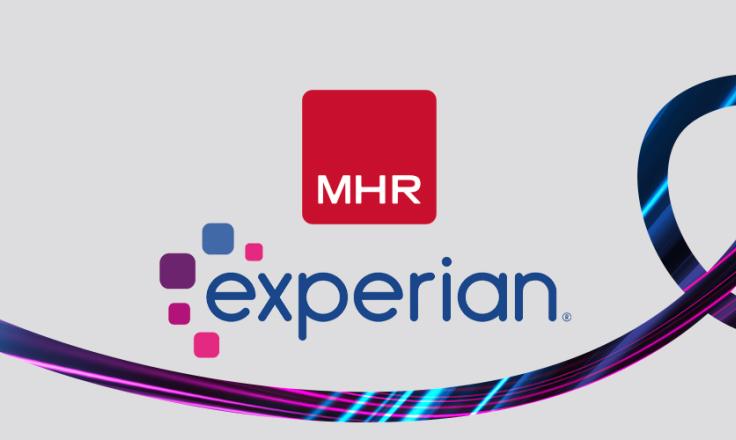Time to kick-start your disability and ethnicity pay gap preparations

Following a government consultation, organisations should look to start their preparations for the increasing likelihood of disability and ethnicity pay gap reporting becoming mandatory.
Based on the gender pay gap - which requires organisations with over 250 employees to disclose the difference in pay between male and female colleagues - plans to force organisations to reveal their ethnicity and disability pay gap are aimed at creating a fairer and more diverse workforce, and removing the barriers facing disabled and Black, Asian and minority ethnic (BAME) employees in progressing to the highest positions of an organisation.
Research for the Equality & Human Rights Commission found that people with learning difficulties or disabilities experience pay gaps of up to 60 percent while individuals with mental illnesses up to 40 percent. It found that people with physical disabilities experience slightly lower pay gaps on average (up to 28% for men and 18% for women).
Meanwhile, research by the Resolution Foundation found that BAME employees lose out on £3.2bn a year in wages compared to white colleagues, while the ethnicity pay gap can reach as high as 17 percent for some minorities in the UK.
Just 3 percent of large companies have voluntarily revealed their disability and ethnicity pay gaps so far.
Rachel Mapleston, Business Analyst at MHR says: “Following the successful introduction of gender pay gap reporting, it seems only a matter of time before this is extended to include disability and ethnicity, and organisations should start preparing accordingly.
“Rather than perceiving it as a box-ticking exercise, employers should view it as an opportunity to evaluate their pay structure and culture so they can implement positive change to tackle any disparities that may exist so they can attract and retain the best talent.”
With disability and ethnicity pay gap reporting likely to become compulsory at some point soon, Rachel Mapleston shares three ways organisations can take steps to get ahead of the game and kick-start their preparations.
1. Carry out a data audit
Gender pay gap reporting was relatively straight forward for employers because they already held this data on file, but this isn’t the case for data relating to ethnicity and disability. Carrying out an audit of your data will help you to ascertain what data you have on file about employees from ethnic backgrounds and establish what data you require.
If you don’t have the relevant data on file, now is the time to start collecting it. Initiate conversations with relevant individuals and inform them what information you need, why you need it and how you will maintain it going forward.
Employees can often be reluctant to share their personal information, perceiving it to be intrusive or burdensome, so developing a tool, such as an online form available through self-service, can help to simplify the process and to remove these barriers.
2. Deepen your knowledge
What classifies someone as disabled? Is there a need to categorise disability/ethnicity for improved reporting? In order to accurately report on disability and ethnicity it is important that key personnel receive guidance on how best to organise and manage your data.
Furthermore, to help address the issue if a gap exists it is important that managers receive necessary training on diversity and inclusion in the workplace. Good leadership is key to making workplaces more diverse and inclusive but research by the Chartered Management Institute (CMI) found that almost two thirds (61 per cent) have never received diversity and inclusion (D&I) training or had not had any such training in the last 12 months.
3. Analyse your pay stats
Having accurate data at your disposal is only useful if you know what to do with it. In order to close any potential pay gaps which may exist, managers must know how to analyse their data and interpret it so they turn it into actionable intelligence. Giving your team the time to review the pay gap statistics will help them identify what it means for your company and implement an effective action plan to address any disparities.
MHR has extended the reporting functionality of its market leading iTrent solution to also include the options to report on ethnicity and disability. This will allow customers to easily report on other pay gaps and be proactive in their approach to addressing any issues prior to this becoming mandatory.


